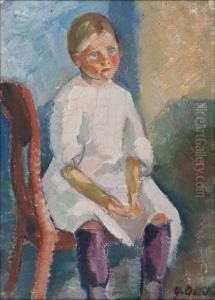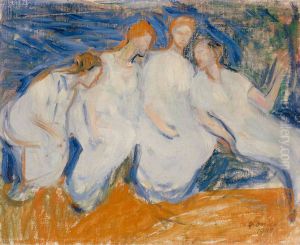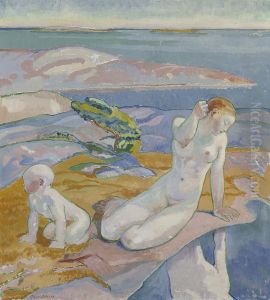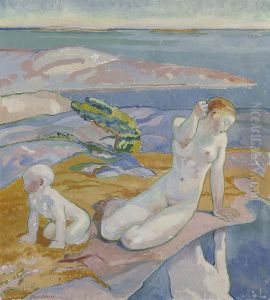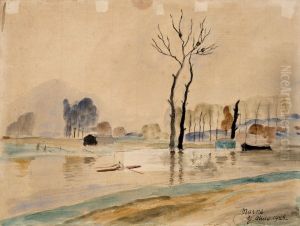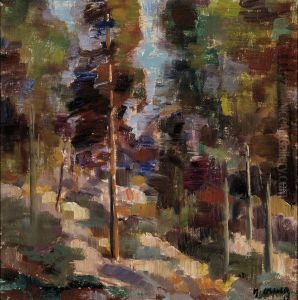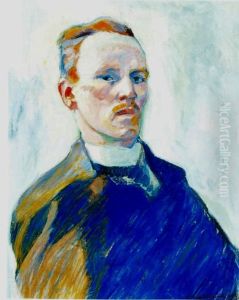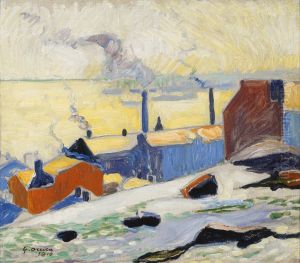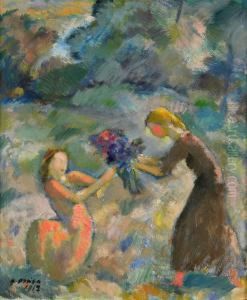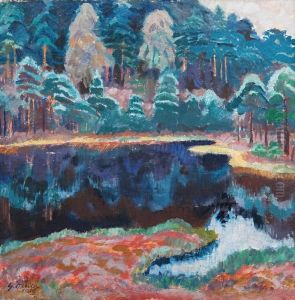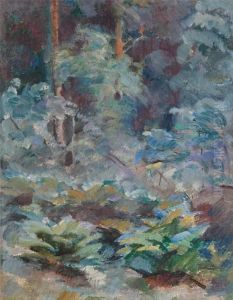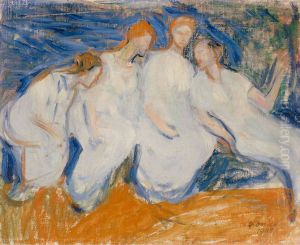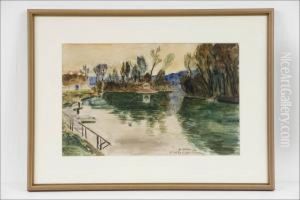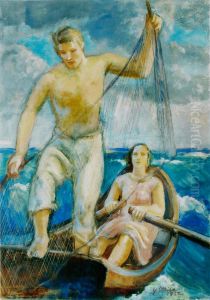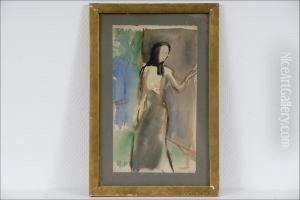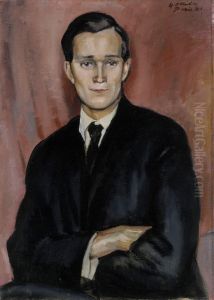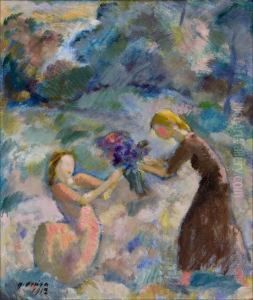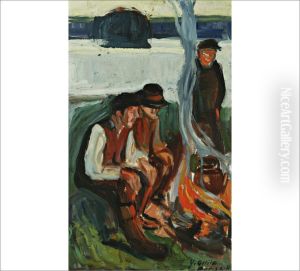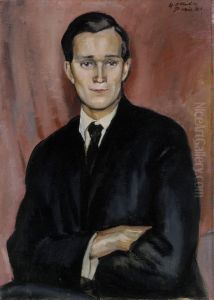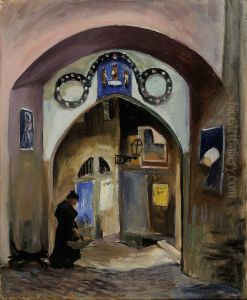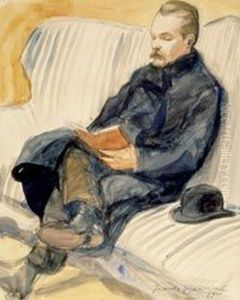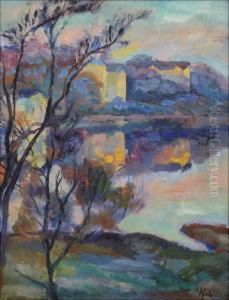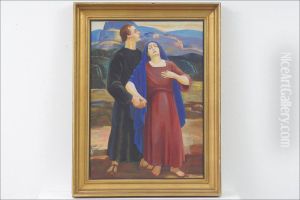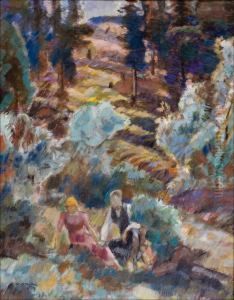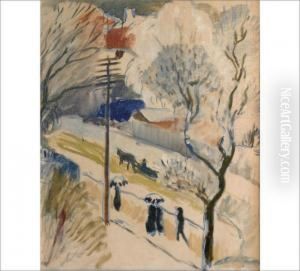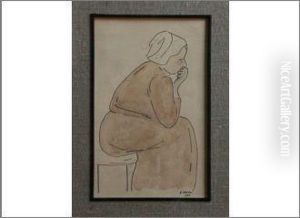Yrjo Ollila Paintings
Yrjö Ollila was a Finnish painter, born in 1887 in Hämeenlinna, Finland. He is known for his distinctive style that merges elements of Finnish nationalism with international art movements of his time, particularly with influences from symbolism and post-impressionism. Ollila's early life in the scenic landscapes of Finland profoundly influenced his artistic direction, leading him to often incorporate elements of Finnish nature and folklore into his work.
Ollila's education in art began at the Helsinki Drawing School, the precursor to the Finnish Academy of Fine Arts, where he studied from 1905 to 1909. He furthered his studies abroad, which was common for Finnish artists at the time, seeking new influences and techniques in central Europe, particularly in Paris. His time in Paris was pivotal, exposing him to the latest European art movements and allowing him to integrate these styles with his Finnish sensibilities.
Upon his return to Finland, Ollila became an active part of the Finnish art scene. His works from this period show a strong national romanticism, intertwined with modern European artistic trends. He was particularly adept at landscapes, which he imbued with a mystical and almost mythical quality, reflective of Finnish national identity. His use of vibrant colors and dynamic compositions became his signature, making his work recognizable and celebrated among his contemporaries.
Ollila's contribution to Finnish art was not limited to his paintings. He was also involved in teaching and took part in numerous exhibitions, both nationally and internationally, helping to raise the profile of Finnish art abroad. Despite his international exposure, his themes remained deeply rooted in Finnish culture, often depicting rural life, folklore, and the untamed Finnish landscape.
Yrjö Ollila's career was cut short by his untimely death in 1932 at the age of 45. Despite his relatively short life, Ollila left a significant mark on Finnish art, bridging the gap between traditional Finnish themes and modernist art movements. His work continues to be celebrated for its contribution to the national identity of Finland and its art history.
